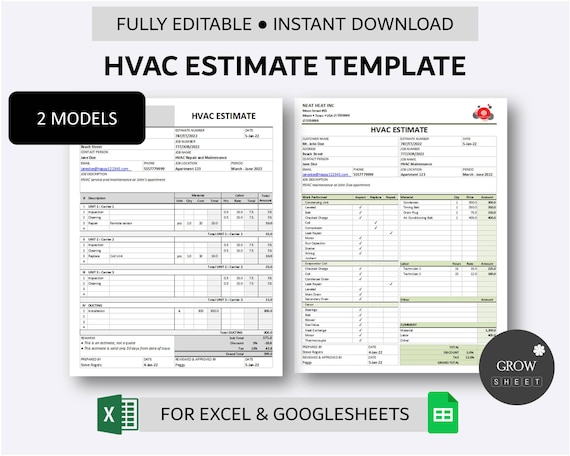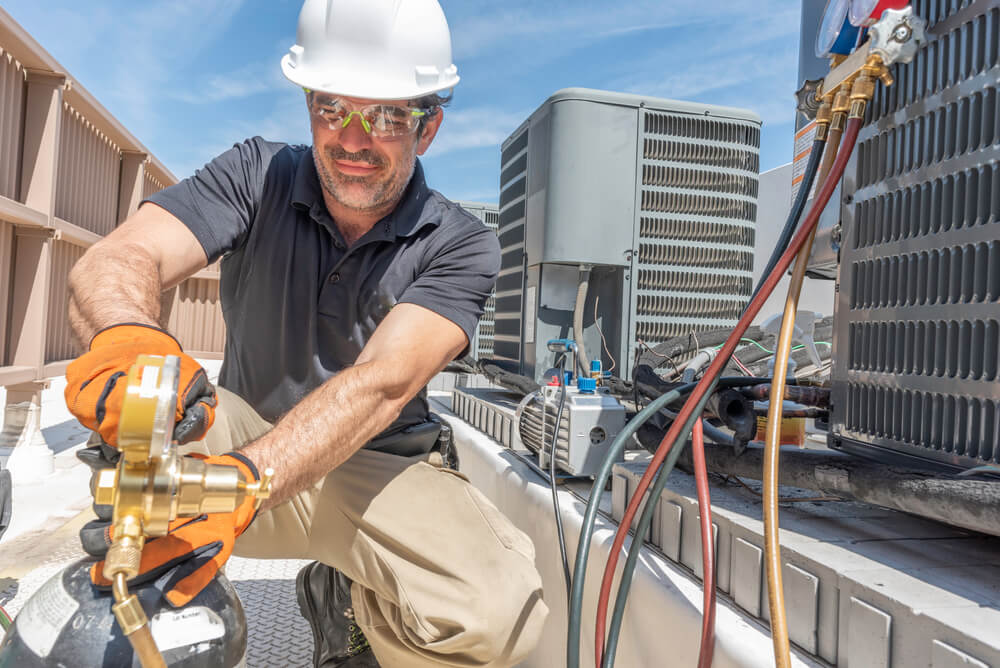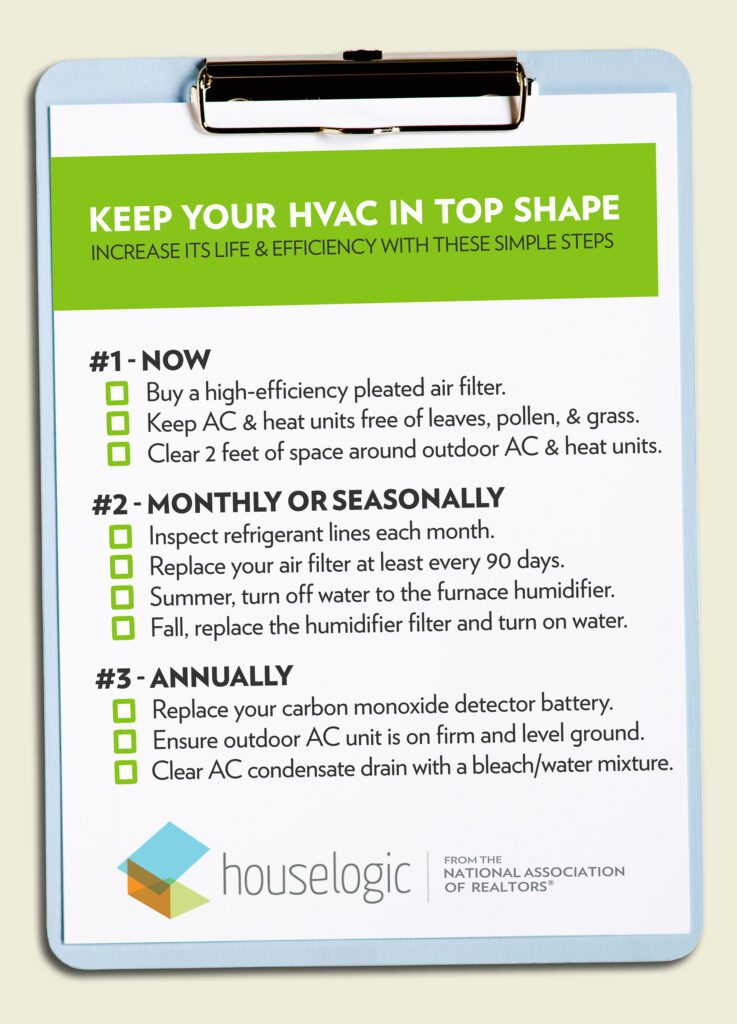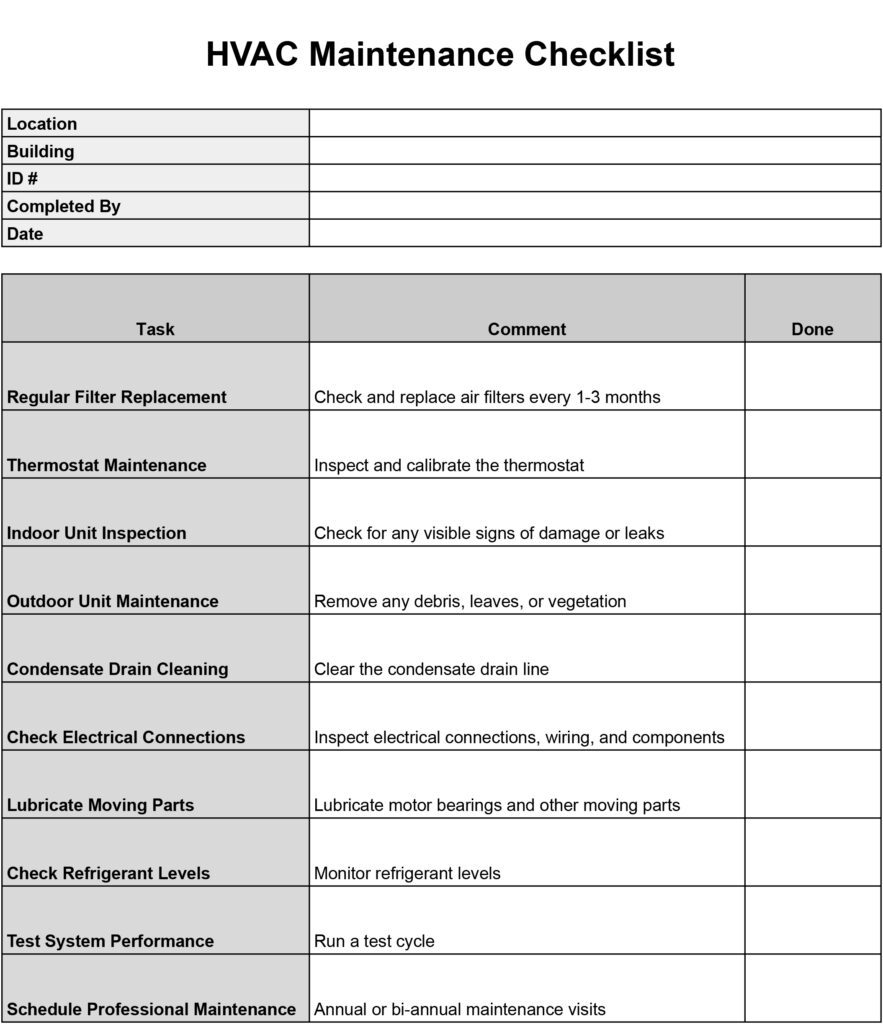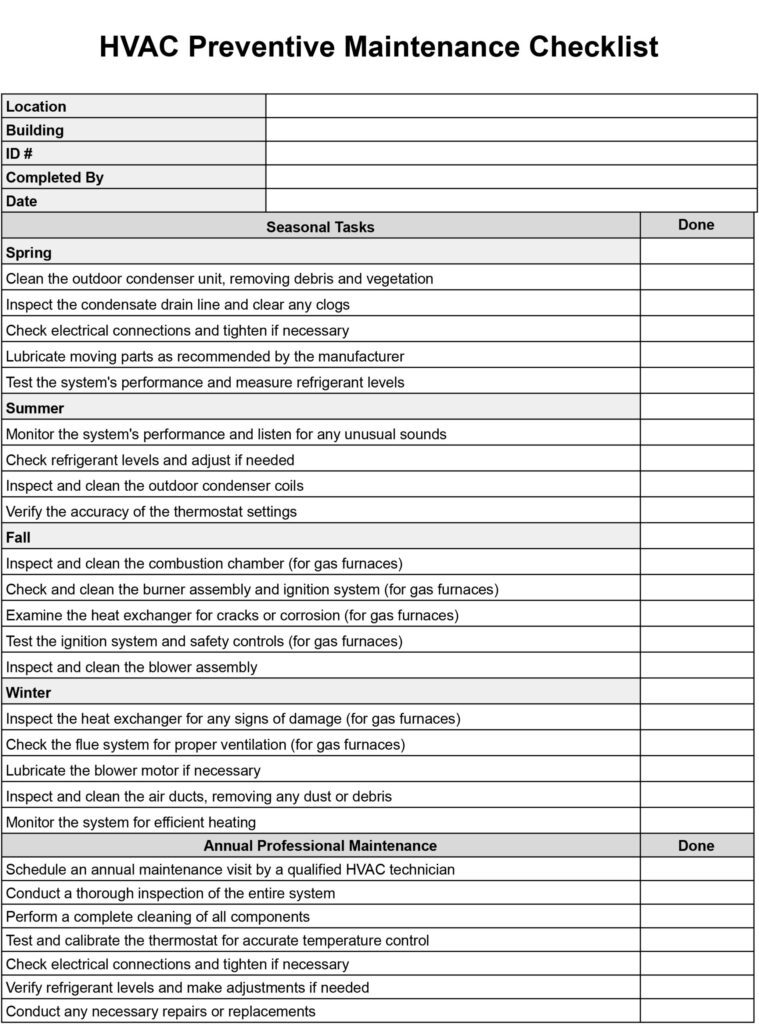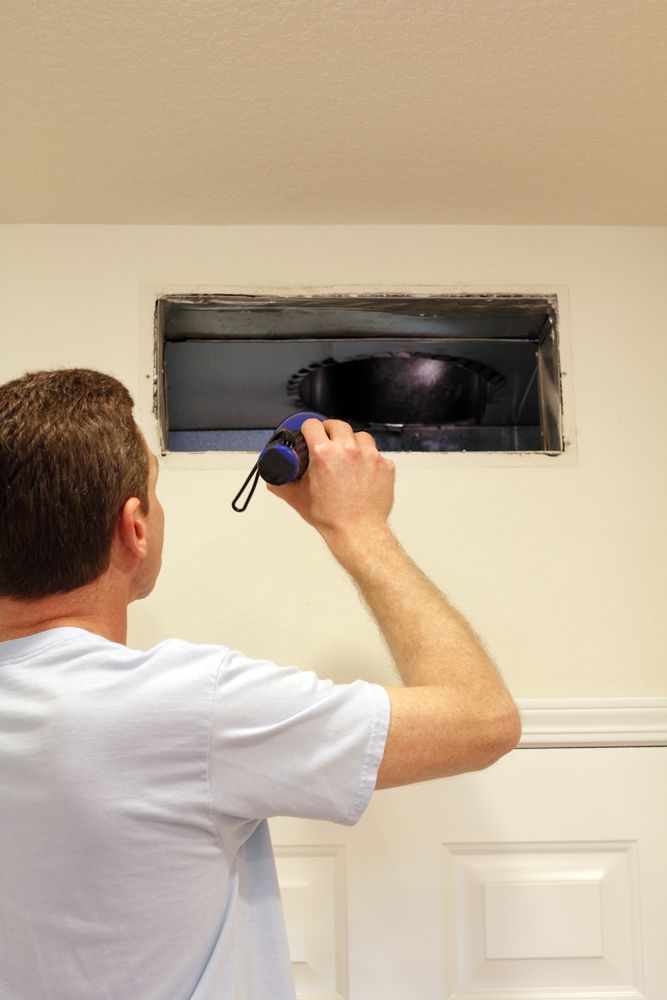When you’re looking to get an HVAC estimate, it’s important to know what exactly should be included. An HVAC estimate should not only mention the cost of the service, but also provide a detailed breakdown of the work to be done. It should cover aspects such as the specific HVAC system being installed or repaired, the labor and equipment costs, any additional materials required, and the estimated timeline for completion. Understanding these key components will help you make informed decisions and ensure that you receive a fair and comprehensive estimate for your HVAC needs.
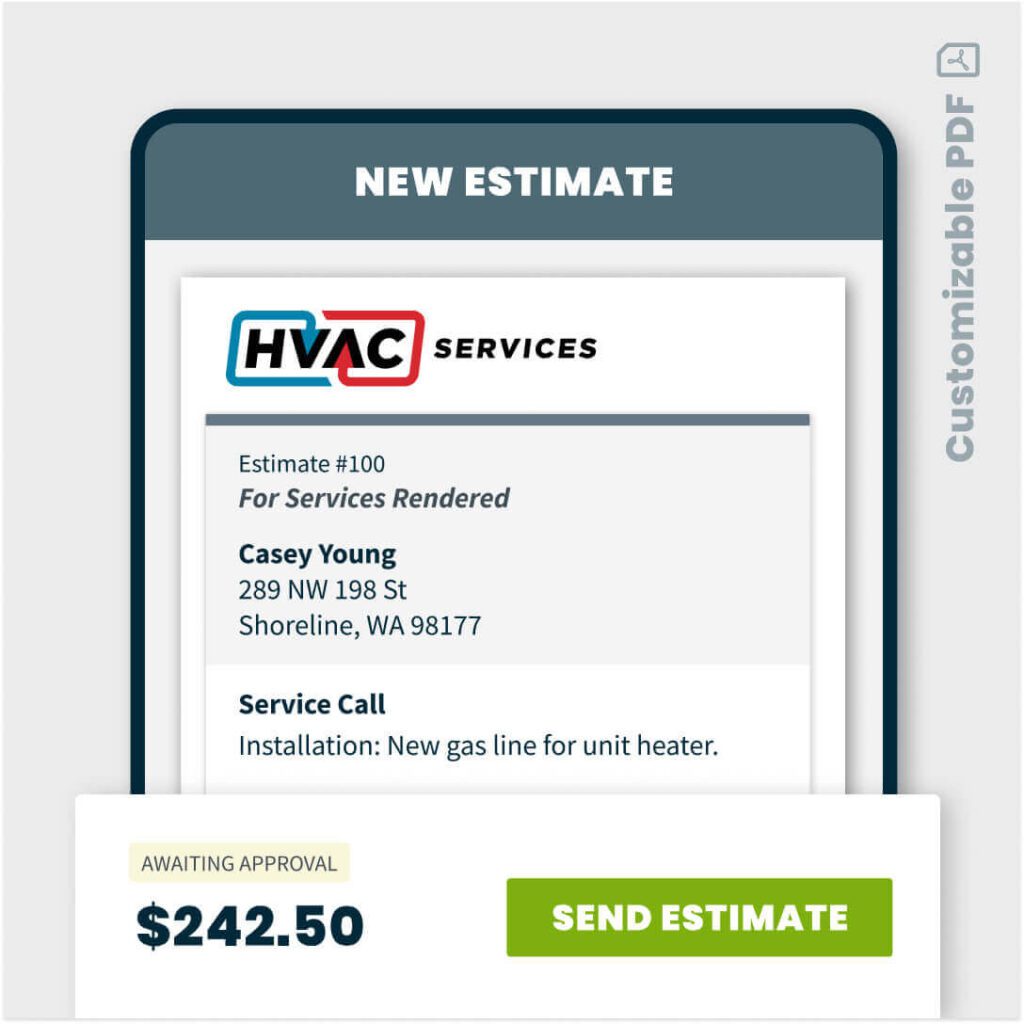

1. Contact Information
Contractor’s name
When you receive an HVAC estimate, one of the first things you should find is the name of the contractor. This will give you an idea of who will be handling your project and who you can contact for any questions or concerns.
Contractor’s address
The contractor’s address is also important information to have. It allows you to know where their office is located if you ever need to visit or send any documents by mail.
Contractor’s phone number
Having the contractor’s phone number readily available is essential for effective communication. If you have any urgent matters or need to reach them quickly, having their phone number will come in handy.
Contractor’s email address
In addition to the phone number, having the contractor’s email address is also important. It provides an alternative method of communication and allows you to keep a record of any important messages or discussions.
2. Scope of Work
Description of the project
The scope of work section should provide a clear and detailed description of the HVAC project. This helps you understand what exactly will be done and what to expect throughout the duration of the project.
Specific tasks to be completed
Within the scope of work, there should be a breakdown of the specific tasks that the contractor will be responsible for completing. This gives you an idea of the work involved and ensures that all necessary tasks are accounted for.
Timeline for completion
Knowing the timeline for the completion of the project is crucial for planning and managing your expectations. The estimate should include an estimated start date as well as an estimated completion date, allowing you to plan accordingly.
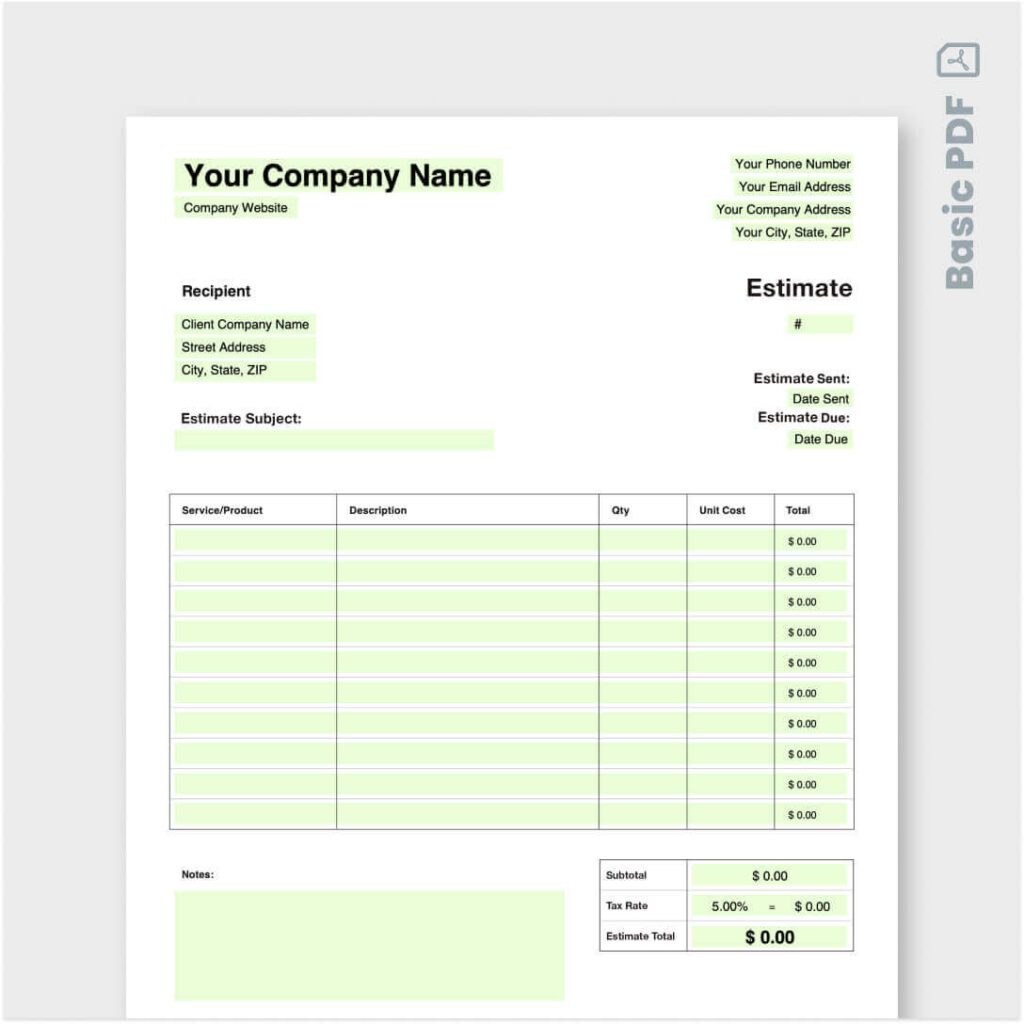

3. Equipment and Materials
Details of HVAC system components
In this section, you should find detailed information about the HVAC system components that will be used for your project. This includes information about the heating, ventilation, and air conditioning systems, as well as any additional components that may be required.
Brand and model numbers of equipment
Knowing the brand and model numbers of the equipment that will be used in your HVAC project is beneficial for several reasons. It allows you to do your own research on the quality and reliability of the equipment, and it also helps to ensure that you are getting the products and features you desire.
Types of materials to be used
The estimate should also specify the types of materials that will be used for the project. This includes items such as ductwork, insulation, and other components that are essential for the proper functioning of the HVAC system.
4. Labor Costs
Hourly labor rate
Understanding the labor costs associated with your HVAC project is important for budgeting purposes. The estimate should include the contractor’s hourly labor rate, giving you an idea of how much you can expect to pay for their services.
Estimated number of labor hours
In addition to the labor rate, the estimate should also provide an estimated number of labor hours required for the completion of the project. This helps you gauge the overall labor costs and understand the amount of time the contractor will need to dedicate to your project.
Breakdown of labor costs
To have a clearer understanding of the labor costs, the estimate should also provide a breakdown of the labor costs by task or phase of the project. This allows you to see how the labor costs are distributed and make any necessary adjustments if needed.


5. Additional Charges
Permits and licenses
Some HVAC projects may require permits and licenses to be obtained before the work can begin. The estimate should outline any additional charges related to acquiring these permits and licenses, ensuring that you are aware of any additional costs.
Inspection fees
Inspections may be required at various stages of the HVAC project. The estimate should include any estimated inspection fees that may be incurred during the course of the project.
Delivery charges
If any equipment or materials need to be delivered to the work site, there may be additional charges associated with delivery. The estimate should specify whether or not delivery charges are included in the overall cost.
Environmental fees
In some jurisdictions, there may be environmental fees or charges associated with the removal or disposal of certain HVAC system components. The estimate should clarify whether or not these fees are included in the estimate or if they will be charged separately.
6. Warranty
Description of warranty coverage
It is important to understand the warranty coverage included with your HVAC project. The estimate should provide a clear description of what is covered under the warranty, including any limitations or exclusions.
Length of warranty period
The estimate should also specify the length of the warranty period for the HVAC system and any associated components. This allows you to understand how long you will be protected under the warranty and what actions may be required to maintain its validity.
Conditions for warranty validity
To ensure the warranty remains valid, there may be certain conditions that need to be met. The estimate should outline any specific conditions or requirements that need to be fulfilled in order to maintain the validity of the warranty.
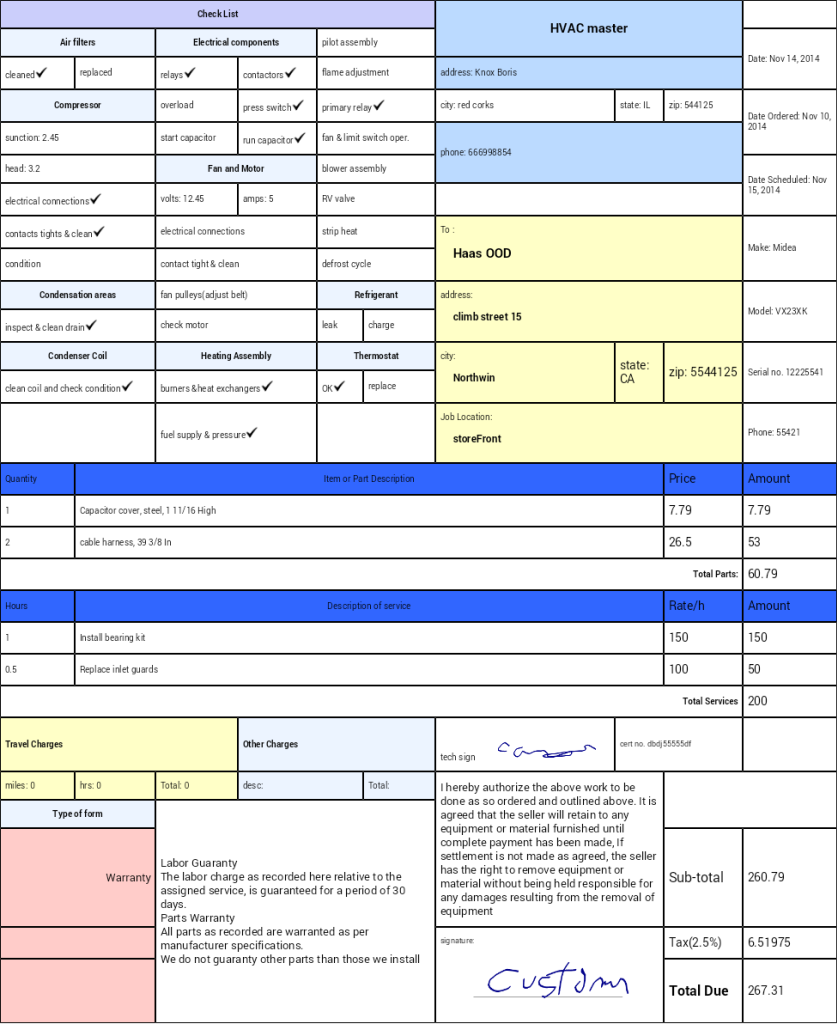

7. Payment Terms
Total cost of the project
The estimate should clearly state the total cost of the HVAC project. This allows you to budget accordingly and ensures that there are no surprises in terms of the overall cost.
Payment schedule (percentage or milestones)
Knowing the payment schedule is important for planning your finances. The estimate should include a payment schedule that outlines when payments are due, whether it is a percentage-based schedule or based on specific milestones within the project.
Accepted payment methods
The estimate should also specify the accepted payment methods. This ensures that you are aware of the options available to you when it comes time to make payment for the HVAC project.
8. Terms and Conditions
Cancellation policy
Understanding the cancellation policy is important in case you need to make any changes or cancel the HVAC project. The estimate should outline any fees or penalties that may be associated with canceling the project.
Liability and insurance
The estimate should detail the contractor’s liability and insurance coverage. This helps protect you from any potential damage or issues that may arise during the course of the HVAC project.
Dispute resolution
In the event of any disputes or disagreements, it is important to have a clear understanding of how they will be resolved. The estimate should outline the dispute resolution process or any arbitration procedures that may be in place.
Change order procedures
Sometimes changes may need to be made to the original scope of work. The estimate should specify the procedures for requesting and approving change orders, ensuring that any changes are properly documented and understood by both parties.
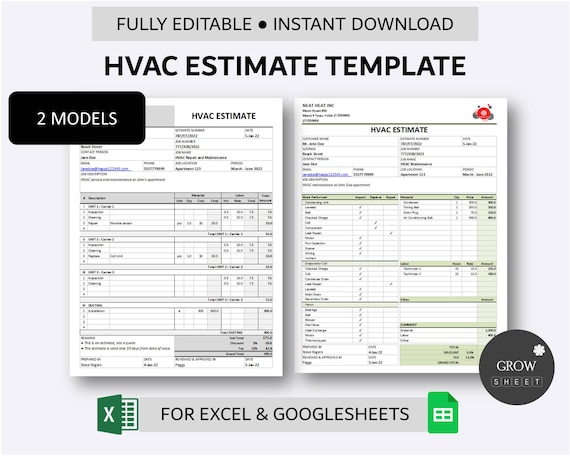

9. Exclusions
Specific items or services not covered by the estimate
To prevent any misunderstandings, the estimate should clearly specify any items or services that are not covered by the estimate. This helps manage expectations and avoids any surprises later on.
11. Signature and Date
Space for contractor’s signature
The estimate should include a space for the contractor to sign, indicating their acceptance of the terms and conditions outlined in the estimate.
Space for customer’s signature
Similarly, the estimate should also include a space for the customer’s signature, acknowledging their acceptance of the estimate and its terms.
Date of estimate
Finally, the estimate should include the date it was prepared. This allows both parties to refer to a specific point in time when reviewing the estimate and its details.
By including all of these sections and providing comprehensive information, an HVAC estimate ensures that both the contractor and the customer are on the same page and have a clear understanding of the project scope, costs, and expectations.

